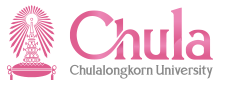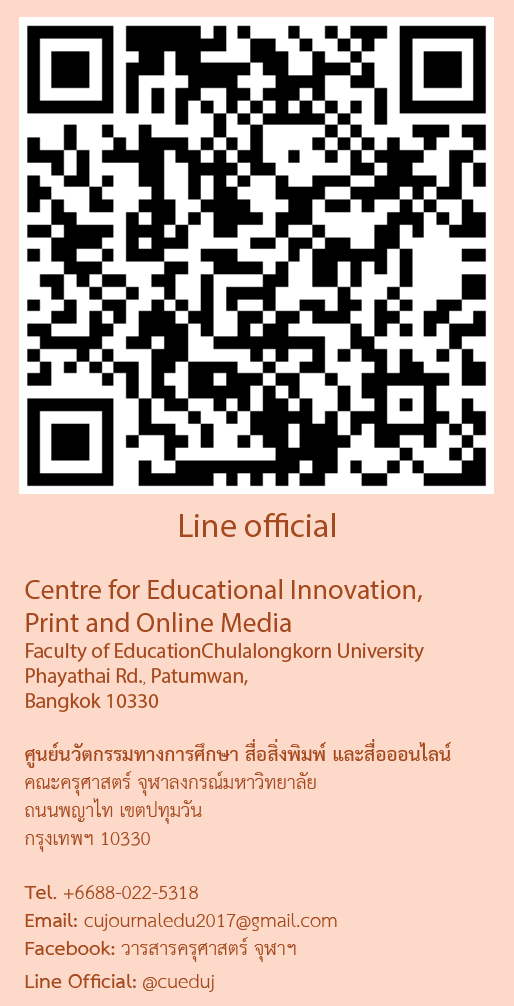Abstract
This research study was designed to examine the influence of a digital backchannelon student agency in a lecture-based learning environment and to develop an instructionalsystem designed to assist instructors in increasing student engagement. The objectives of the study were to determine (1) the ways in which undergraduate students use a digital backchannel, (2) if using a digital backchannel affects agentic engagement, (3) whichfeatures of the digital backchannel affect agentic engagement, and (4) if a lecture system that utilizes a digital backchannel promotes agentic engagement. The study employed a mixed methodology design using a questionnaire to collect quantitative student profile dataand phenomenography to conduct a qualitative inquiry into participants? experience. The population for this study consisted of undergraduates at a private, International university located outside of Bangkok, Thailand. A total of 171 participants took part in this study, with ten students selected for a focus group through a non-probability, purposive sampling.Overall, the study found that (1) students readily use a digital backchannel to answer questions posed by the instructor, (2) through a digital backchannel, students have the opportunity to agentically engage in course content, (3) the digital backchannel feature of microblogging enhanced agentic engagement, and (4) the strategic use of a digitalbackchannel as part of a lecturing system can encourage student agentic engagement. Future research in this area could examine how a digital backchannel can increase agentic engagement in younger students.
Publisher
Faculty of Education, Chulalongkorn University
DOI
10.58837/CHULA.EDUCU.48.3.17
First Page
274
Last Page
295
Recommended Citation
Merritt, Matthew R.; Cleesuntorn, Athipat; and Brahmakasikara, Laura
(2020)
"A Digital Backchannel Enhanced Instructional System Targeting Agentic Engagement in Lecture-based Learning Environments,"
Journal of Education Studies: Vol. 48:
Iss.
3, Article 17.
DOI: 10.58837/CHULA.EDUCU.48.3.17
Available at:
https://digital.car.chula.ac.th/educujournal/vol48/iss3/17


